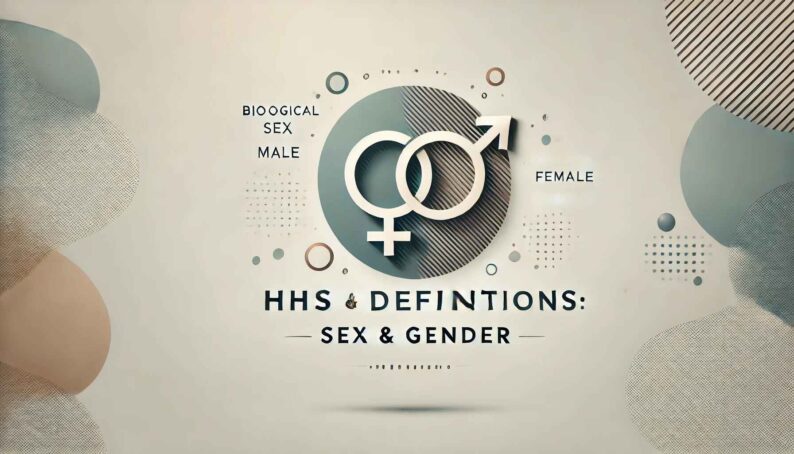Understanding HHS’ Definitions on Sex, Gender, and Parental Roles
Explore HHS’ definitions of sex, male, female, and parental roles based on biological classification and reproductive functions.

The U.S. Department of Health and Human Services (HHS) provides clear definitions regarding sex and gender-related terminology, emphasizing biological classifications and traditional distinctions. According to HHS, sex is defined as an immutable biological characteristic, classifying individuals as either male or female.
A female is described as a person with a reproductive system designed for producing eggs, while a male is defined by a reproductive system that produces sperm. These biological definitions form the foundation for other classifications, such as woman (an adult female) and man (an adult male). Similarly, a girl is a minor human female, and a boy is a minor human male.
The guidance also addresses parental roles, defining a mother as a female parent and a father as a male parent. These definitions reflect a biological perspective on gender identity and familial roles.
While these definitions align with traditional biological classifications, discussions around gender identity and inclusivity continue to evolve in society. The debate between biological determinism and gender identity remains a focal point in policymaking, healthcare, and social discourse.
This clarification from HHS serves as a reference point for medical, legal, and policy frameworks, shaping conversations on gender identity and rights in the United States.



Comments: